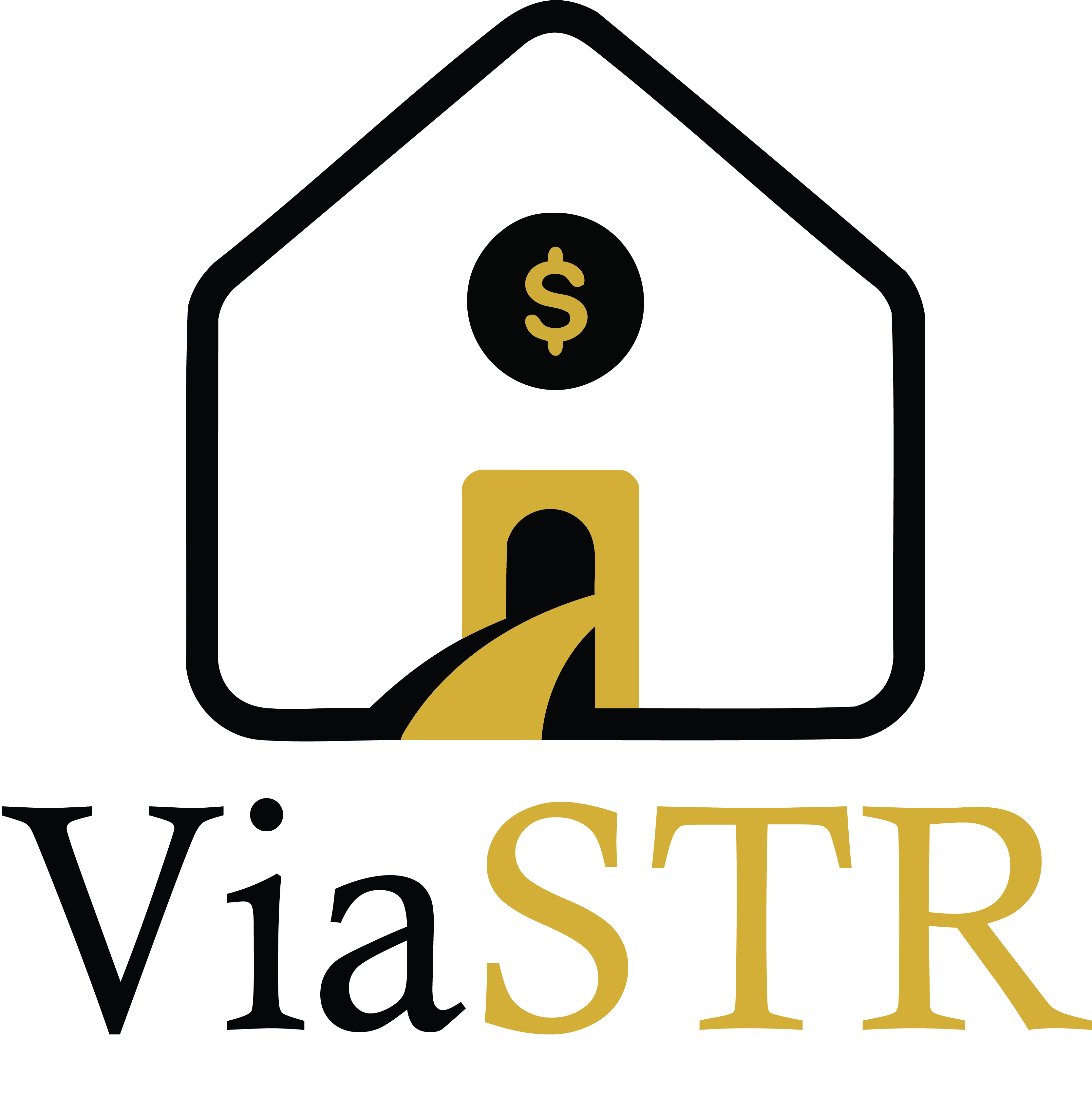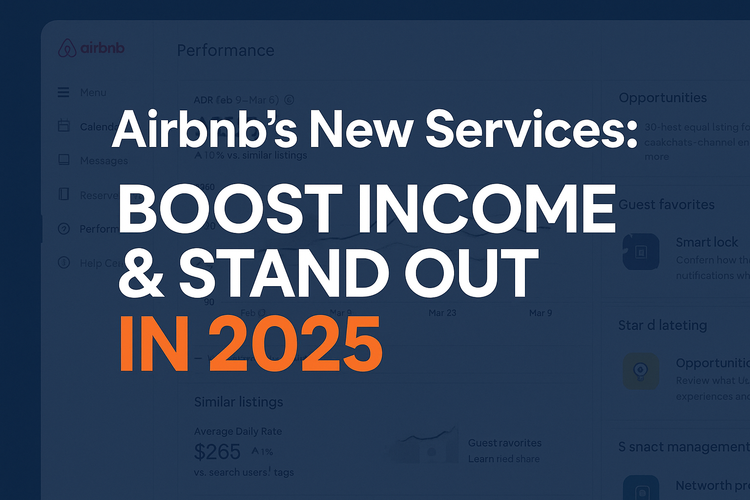How to Choose the Right Market for Your STR

At a Glance
- Regulations first: Always confirm zoning and STR ordinances before investing.
- Demand matters: Year-round drivers like theme parks or ski resorts outperform seasonal hotspots.
- Accessibility is key: Proximity to airports and highways boosts occupancy.
- Competition check: Use tools like AirDNA to study supply, ADR, and occupancy.
- Property type matters: Some markets favor condos, others large family homes.
Why Choosing the Right STR Market Matters
Choosing the right market is one of the most important decisions you’ll make as a short-term rental (STR) investor. Location doesn’t just determine nightly rates — it dictates occupancy, regulations, expenses, and long-term appreciation.
The best investors don’t just buy where they like to vacation. They buy where the numbers, laws, and demand all align.
1. Regulations & Zoning
Every city has its own STR rules. Some require permits, others restrict the number of nights, and some ban STRs entirely.
- Research municipal codes online.
- Call the planning or zoning office directly if rules are unclear.
- Look for STR-friendly markets with a long-standing history of welcoming vacation rentals.
📌 Pro Tip: Regulations change often. Keep an eye on city council agendas to spot potential shifts early.
2. Tourism & Demand Drivers
Ask: Why do travelers visit this market?
- Consistent winners: beaches, ski resorts, national parks, major universities, convention centers.
- Year-round demand: Markets with multiple demand drivers (e.g., Orlando with theme parks, conventions, and sports) perform more consistently.
👉 According to AirDNA’s research, multi-season destinations tend to have higher average occupancy than single-season tourist towns.
3. Accessibility
Guests value convenience. Properties within an hour of a major airport or major highway tend to win repeat bookings.
Weekend travelers especially prefer quick in-and-out destinations — this is why cabins near Atlanta or Dallas airports thrive.
4. Supply & Competition
A saturated market isn’t always a bad thing — if demand is high enough.
Use data tools like AirDNA or STR Insights to review:
- Occupancy rates
- Average daily rates (ADR)
- Seasonality trends
- Total active STR listings
This helps you spot gaps: for example, if small condos dominate but large family homes are undersupplied.
5. Local Economy & Growth
Markets with population growth, job creation, and infrastructure investment often see strong appreciation upside.
Examples include:
- Mountain towns investing in new ski lifts and lodges.
- Lake destinations adding marinas and entertainment.
- Sunbelt cities with population booms and new airports.
This combination fuels both cashflow today and equity growth tomorrow.
6. Property Types That Perform Best
Not all STRs are created equal.
- Urban markets: small condos with walkability.
- Mountain/lakefront markets: large homes with hot tubs and game rooms.
- Beach towns: multi-bedroom houses with pools.
Study the top 10 revenue-producing listings in your market using STR tools to understand what amenities and layouts are winning.
Putting It All Together
When choosing your STR market, ask:
- Are the regulations stable?
- Does year-round demand exist?
- Is the property easily accessible?
- What does competition look like?
- Is the local economy growing?
- Which property types dominate revenue?
📌 Don’t just buy where you like to vacation. Buy where the numbers, laws, and demand all align.
Next Steps
If you’re not sure how to start market research, check out our guide on How to Find a Realtor Who Understands STRs. A local expert can save you both time and costly mistakes.
👉 Next in this series: How to Analyze STR Deals Like a Pro
See Also
- The STR Loophole Explained: Tax Savings Without REP Status
- The 6-Phase Journey: How W2 Earners Build Wealth with STRs
- STRs as a Legacy Business



